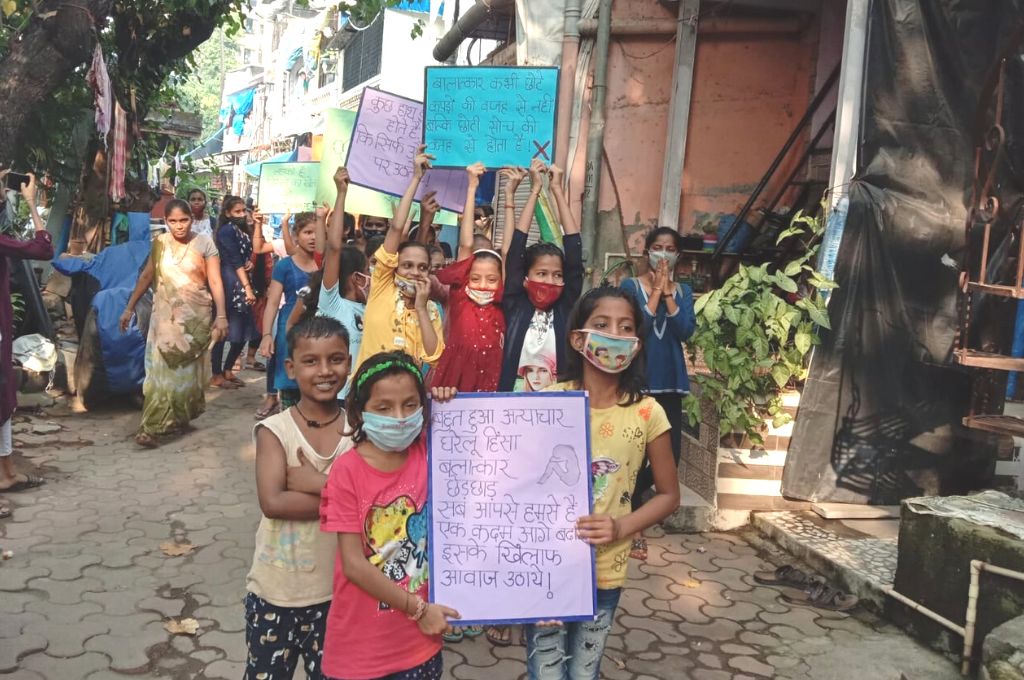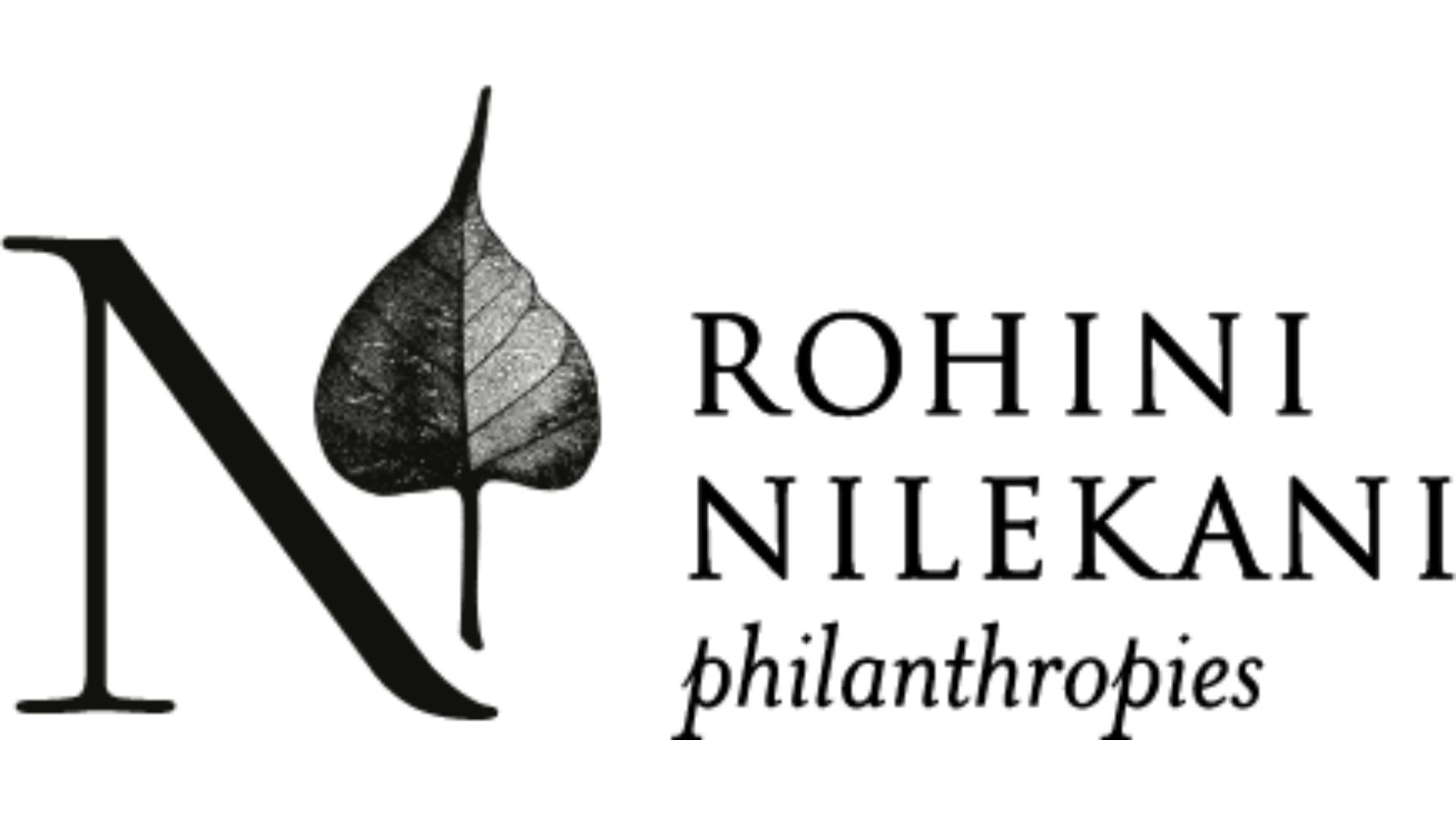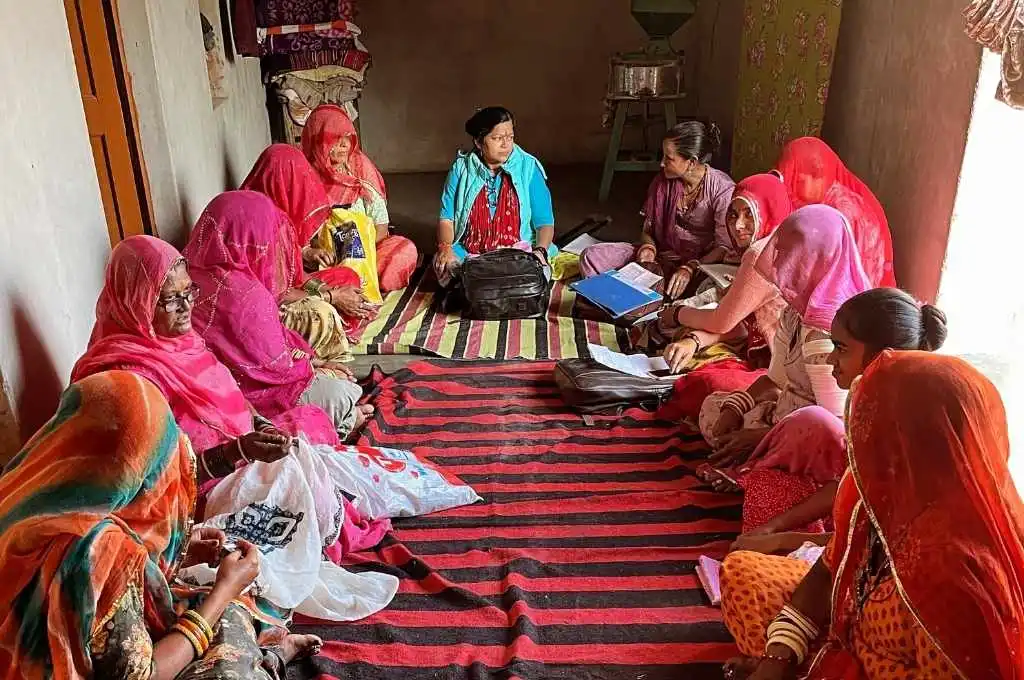Early adolescence (nine to 13 years) is a crucial phase that currently doesn’t fall under the purview of child development programmes in India. Schemes geared towards the welfare and development of children usually focus on early childhood years—between the ages of zero and six—with programmes such as those under the Integrated Child Development Services scheme or for the youth categorised as 15 years and above.
However, the nine–13 age bracket provides an important window of opportunity to create awareness among children about existing patriarchal structures. It is at this age that they are experiencing new developments in their bodies, and are slowly becoming aware of gender roles and norms and sexuality. In order to challenge these fundamental constructs of gender and of masculinity and femininity that start forming at this age, gender awareness programmes in the country must focus on young children.
“Gender norms begin to get formed at a very young age. If we want to change these, we need to start young, and we need to work through institutions so we can see change happen at scale,” says Pallavi Palav, organisation process director at the Committee of Resource Organizations (CORO), a nonprofit focused on empowering leaders in the most marginalised communities in urban and rural Maharashtra and Rajasthan. Through its work over the years, CORO has observed that the shift in gender norms must start at this early adolescent stage among both boys and girls.
It’s important to work through institutions
In an effort to expand the scope of gender awareness programmes to include young adolescents, CORO developed a school-based programme called Gender Equity Movement in Schools, or GEMS, which was designed for students of grades 6 and 7 across 45 schools in Mumbai. This programme was created in partnership with the International Center for Research on Women and the Tata Institute for Social Sciences.
What emerged during these interactions is that kids, even at this young age, had a perception of power and power dynamics.
In some schools, the GEMS intervention comprised weekly co-ed gender education sessions, along with gender campaigns that required students to write essays on topics relating to gender or participate in plays. In other schools, the campaign alone was the intervention. And then there were schools that functioned as the control group—with no intervention at all. In the education sessions, various action-based activities such as role play were carried out. What emerged during these interactions is that kids, even at this young age, had a perception of power and power dynamics. For example, in one of the workshops it emerged that they perceived their mother’s power to be less than their father’s power in the household. This was also because their fathers went out to work, and so, according to them, fathers needed more amenities, food, and comfort.

It’s important to work with key influencers in children’s lives
In the third year of the programme, CORO began working with teachers, given that they are key influencers in children’s lives. Eventually CORO took their lessons from the GEMS curriculum to all state schools, via a partnership with UNICEF and the Maharashtra government. Pallavi was clear that it was important to institutionalise the curriculum. “They asked us to take the programme to their schools, but we felt that building their capacity to run this programme was a more sustainable approach. And so that’s what we did.” Meena-Raju Manch, as the programme came to be known, worked with both young girls and boys. Ten years later, it is still operational in government schools. The lessons from the programme then informed the State Council of Educational Research and Training’s concept of an ‘equity cell’ that would focus on the needs of gender diversities and differently abled children.
Working with gatekeepers needs to be an integral part of gender awareness interventions, otherwise there can be resistance or even backlash.
One of the lessons from this programme, in addition to the importance of working with the government system, was that working with gatekeepers needs to be an integral part of gender awareness interventions, otherwise there can be resistance or even backlash. For instance, during the initial years of CORO’s GEMS programme, the teachers across various schools weren’t fully on board; they claimed that the programme was making children rebellious, and wasn’t allowing them to complete their syllabus. They only came around later, when they saw how the programme was changing boys’ and girls’ behaviours. For instance, girls more openly reported instances of violence they faced; boys began questioning unequal treatment of their sisters and mothers in their homes and started sharing household chores.
Vacha Resource Centre for Women and Girls, a project of Vacha Trust, is another organisation that has been working closely with a range of stakeholders and gatekeepers on issues of gender. Being among the first organisations in the country to engage exclusively with early adolescents in Mumbai bastis (informal settlements), Vacha has over time developed a model that works comprehensively within communities, incorporating a gender lens into everything they do. This model recognises that in addition to working with parents, teachers, ASHA workers, and local leadership—essentially any touchpoint that young adolescents have in their daily lives—it’s crucial to sensitise boys on issues of gender so they can become a support group for girls.
Focus first on equity, then on equality
However, while sensitising boys, it is important to acknowledge that, even at that age, there is a power difference that already exists between boys and girls due to prevailing gender norms. Young girls and women face the additional burden of gender intersectionality when it comes to access to healthcare, nutrition, education, safe spaces, and more. Therefore, the journey towards empowering girls needs to first focus on providing solely for them, and then bringing boys into the fold to bridge this gap and ensure that power structures are balanced. Yagna Parmar, director of Vacha Resource Centre for Girls, recalls an incident at a BMC school where they were conducting computer classes as part of their youth empowerment programme. “In a session meant for girls, a boy entered the room by mistake. Even though he didn’t say anything, one of the girls immediately got up to let him take her seat. Only when I questioned her after did she realise that it was her batch’s time and not the boy’s, and that nobody had asked her to give up her seat at the table.”
For this reason, when Vacha begins working in a community, the focus is on creating a safe space for girls to freely express their views. This is done by engaging with them across a range of creative activities, from skills-based training sessions to games, that build their agency and confidence, all the while incorporating ideas and conversations around gender. As girls form bonds with one another and take on initiatives within their communities, they develop social capital. They start questioning the world around them—the existing norms and patterns as well as other stakeholders such as parents, teachers, and community leaders.
When working at the level of shifting gender norms, it is crucial for the larger community to also encourage and support the change.
The idea, therefore, is to initiate gender awareness programmes with girls. Once they step into leadership roles, then boys can be brought in. But the work cannot stop there. When working at the level of shifting gender norms, it is crucial for the larger community to also encourage and support the change. Vacha thus works in colleges to sensitise future teachers, in schools with students, in the community through various sensitisation sessions and an annual health and gender fair, and with other nonprofits. It is this integrated, comprehensive approach that has ultimately led to positive outcomes, such as delaying the age of marriage for girls and their completing higher education.
On working with young men and boys, Pallavi paraphrases what the late Kamla Bhasin said: “The approach need not be one where women are pitted against men. In fact, we need to work with them together, because patriarchal norms impose toxic notions of masculinity, just as much as they do rigid notions of femininity.” When CORO carried out an action research programme in partnership with the Population Council between 2000 and 2007, it studied how this concept of masculinity gets constructed and what causes gender violence. Many men shared how the idea of the man being greater than the woman is something that they not only pick up from the behaviour of other men around them, but also from the behaviour of the women in their lives. Masculinity frameworks of men as controllers and bread earners of the house, despite the fact that women work both inside and outside the house, also emerged from the study. Ideas such as ‘men are like that only’ or ‘if he hits me, he loves me’, further romanticised by media, were common refrains that the team of CORO encountered.
“Overall, multisectoral approaches are likely to be more effective than a single intervention. This is because the risk factors for adolescent empowerment are closely intertwined, and multiple vulnerabilities that place adolescents at risk of early marriage or violence need to be addressed together,” says Yagna. Ultimately, it’s about building together, because patriarchy affects us all and its shape changes across generations and contexts. Nonprofits and funders alike would do well to recognise that the process of breaking gender binaries requires patience, commitment, and a readiness to face backlash, and even failure.
—






